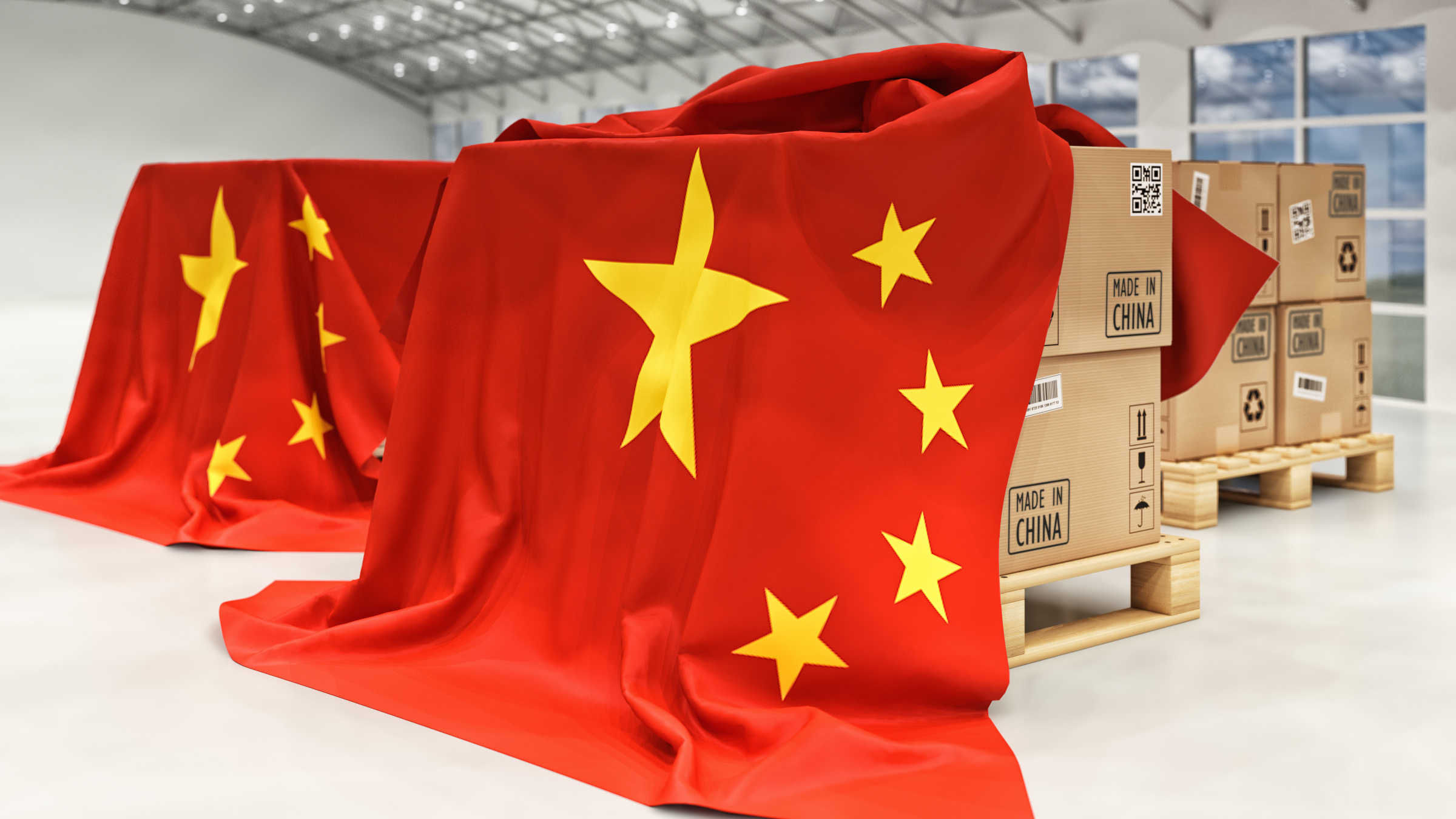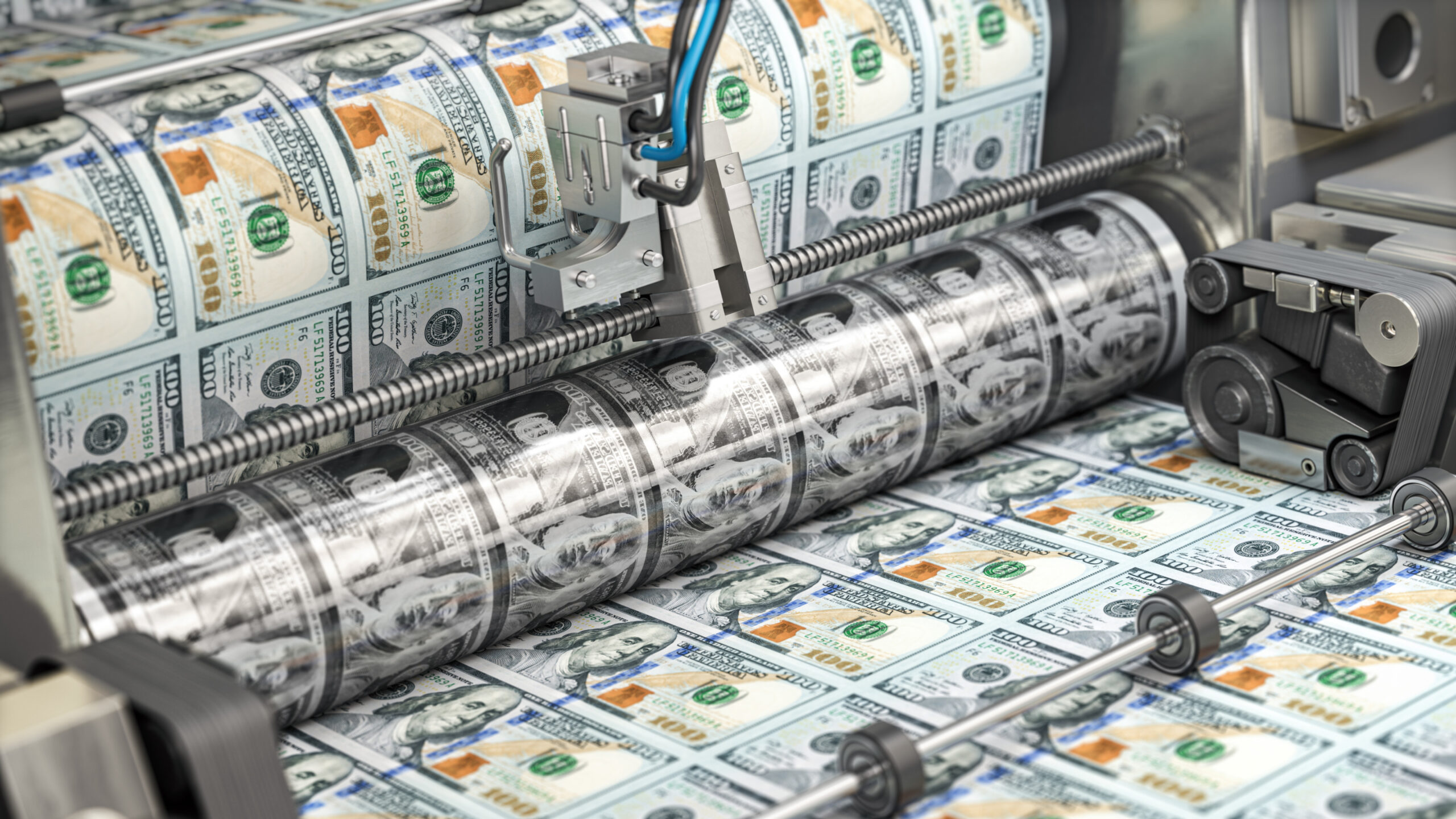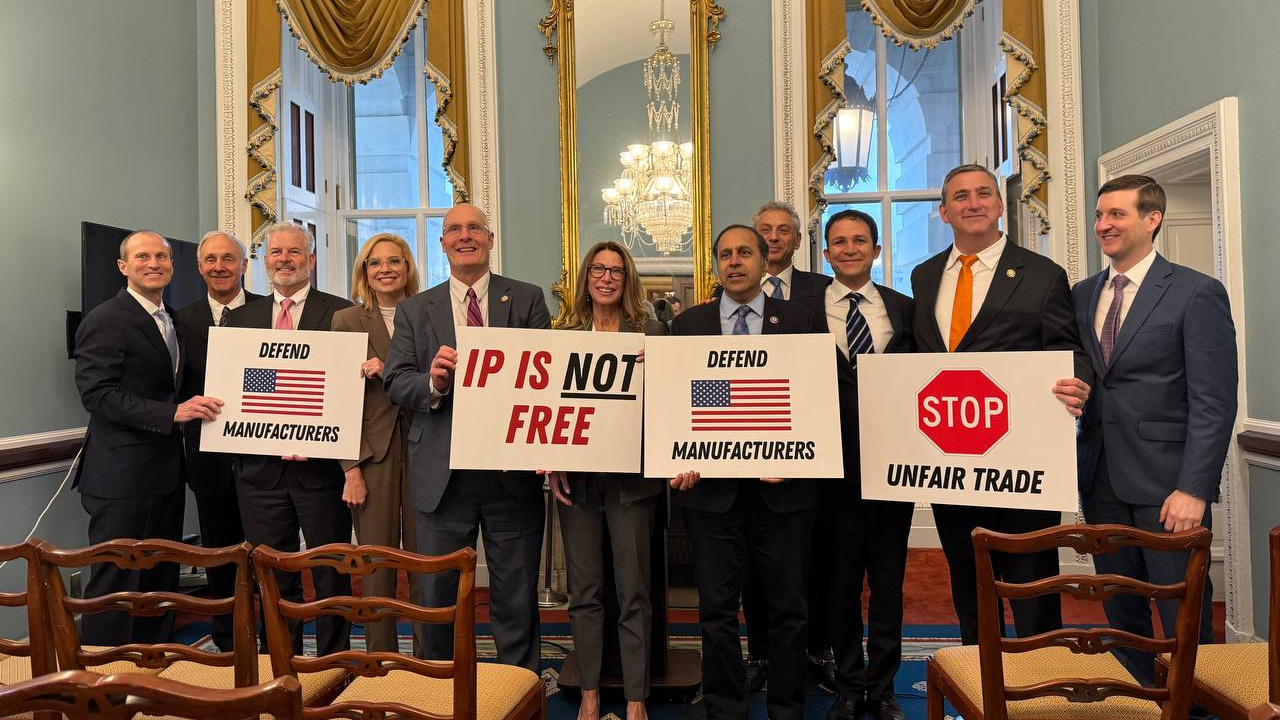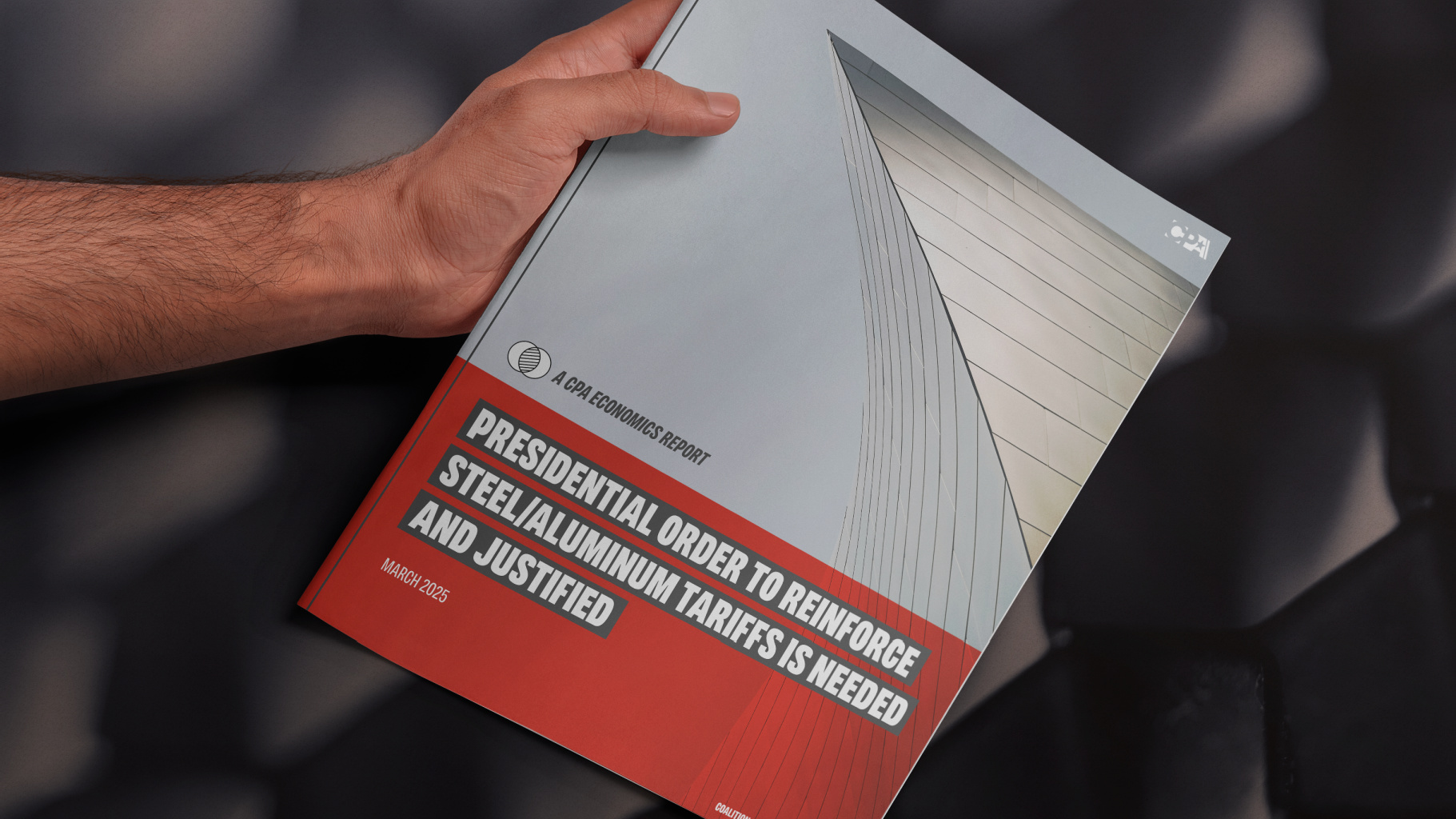Editors note: The tariffs are working. Now we need to get serious about exchange rate management.
Falling producer prices add another complication to Beijing’s efforts to shore up its slowing economy
[Grace Zhu | August 9, 2019 | WSJ]
BEIJING—China’s producer prices fell into deflation for the first time in three years, as worries over the trade war with the U.S. sapped demand, adding another complication to Beijing’s efforts to shore up its slowing economy.
The data present a potential dilemma for China’s central bank. It could loosen monetary policy in a bid to stimulate demand and lift producer prices out of deflation, but a massive stimulus program would risk pushing consumer inflation higher and causing the property market to overheat, economists say.
“I think the central bank will put more weight on weaker producer prices, which gives them a foundation of more easing that is also needed to counter impacts of trade fight and a cooling growth momentum at home,” said Lin Shu, an analyst with China Merchants Securities.
Chinese factories’ profitability has been pressured by higher tariffs from the U.S. Profits at China’s big industrial companies fell 3.1% in June from a year earlier, reversing a 1.1% gain in May, official data showed.
China’s consumer-price index, meanwhile, rose 2.8% in July from a year earlier, higher than June’s 2.7% growth and beating market expectations of a 2.7% increase.
The rise in inflation was mainly driven by further increases in vegetable and pork prices. Economists expect vegetable prices to cool in the months ahead, while pork could become more costly due to the impact of African swine fever, which has decimated Chinese hog counts..
China aims to keep consumer inflation under 3% in 2019, which is unlikely to be breached within the year, given weakening external and home demand, Mr. Lin said.
China’s economic growth slowed to 6.2% in the second quarter, the weakest level in 27 years. “Pro-growth and monetary policy easing seem to be more important than earlier in the year,” he added.
Read the original article here.












